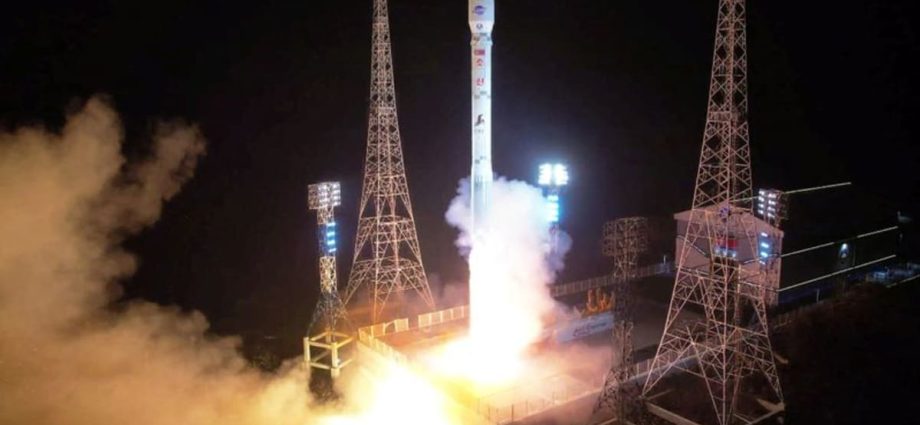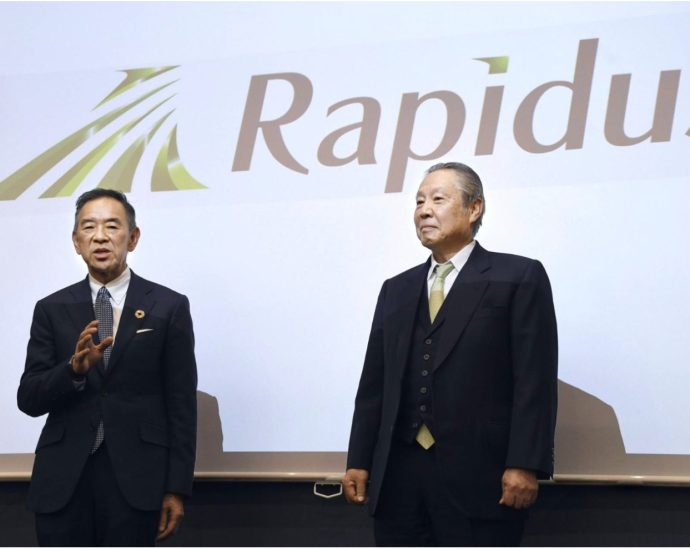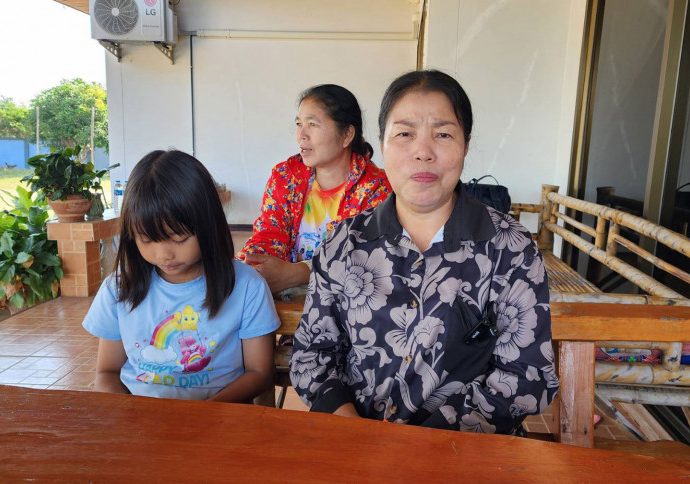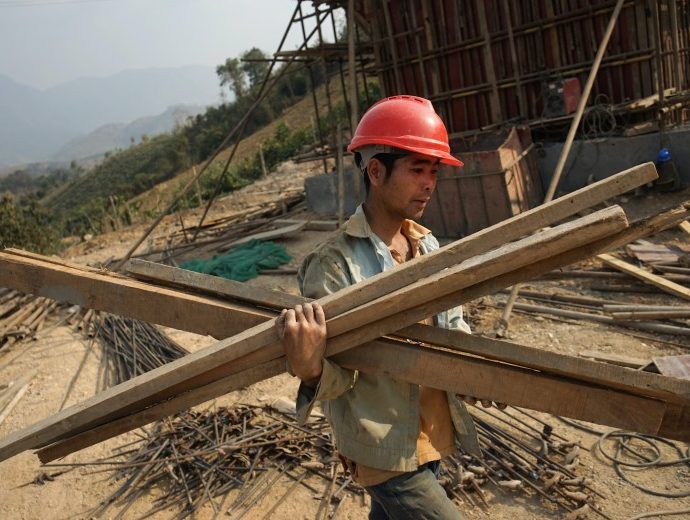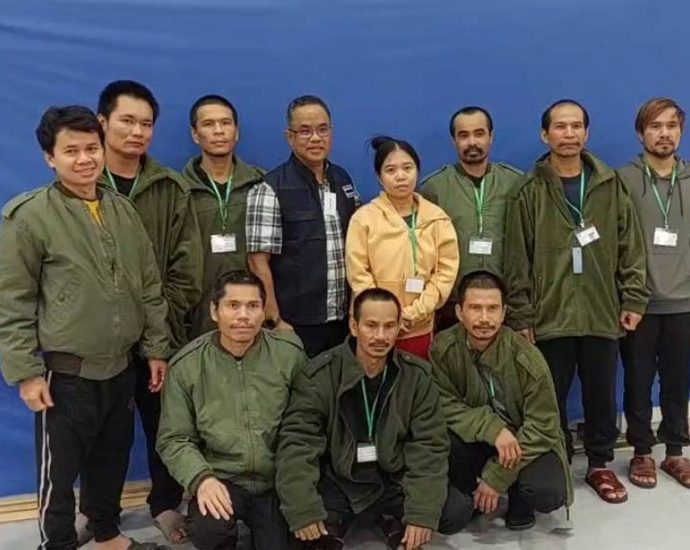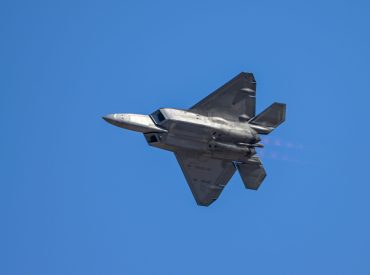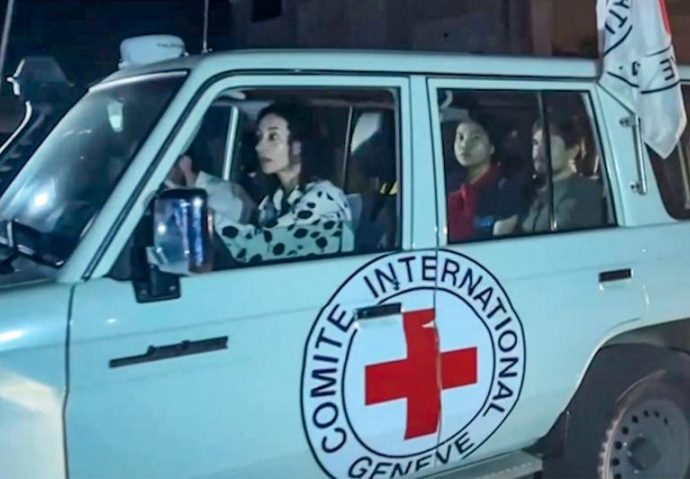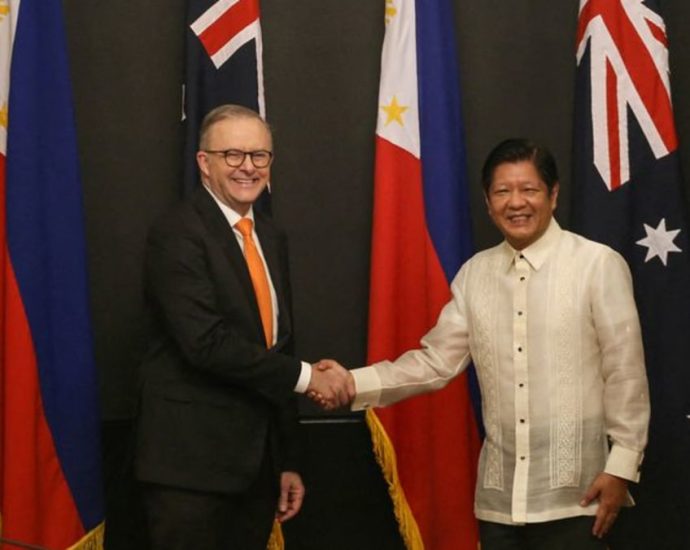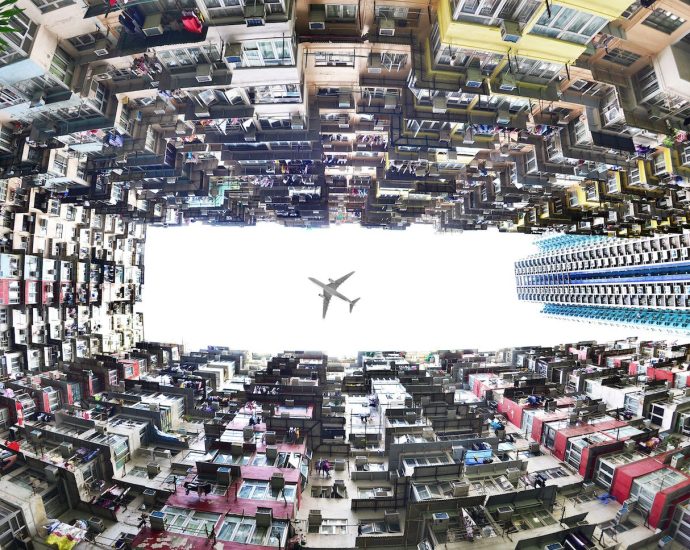Singapore condemns North Korea’s spy satellite launch
SINGAPORE: Singapore has condemned North Korea’s launch of its reconnaissance satellite on Nov 21, said the Ministry of Foreign Affairs (MFA) on Saturday (Nov 25). On Tuesday, the Democratic People’s Republic of Korea’s (DPRK) conducted a rocket launch believed to be carrying what’s been called a spy satellite from its Sohae facility on theContinue Reading

